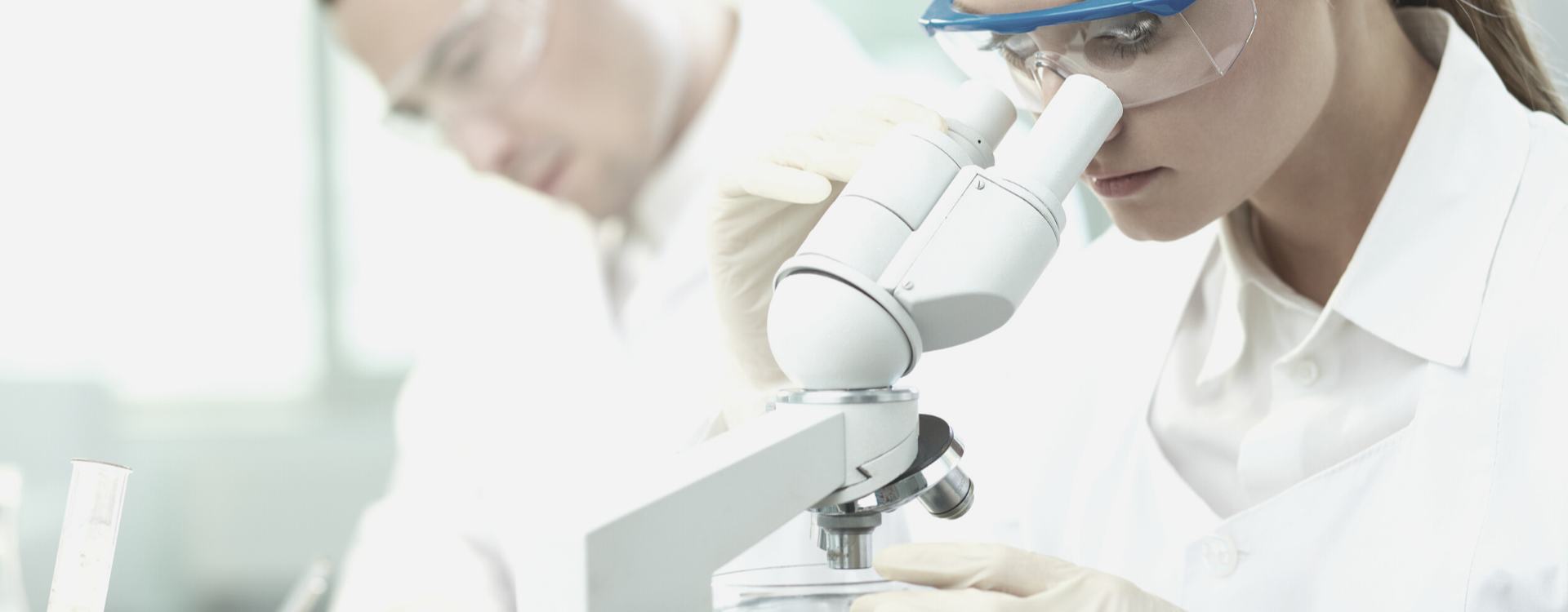


Urinary tract infections (UTI) represent one of the most common pathologies affecting 150 million people annually worldwide (Öztürk & Murt, 2020), causing high social and economic burden. It is estimated that 40% of women develop at least one UTI during their lifetime and more than 11% of adult women have at least one episode of UTI per year; such percentage increases in postmenopausal women (Terlizzi et at. 2017).
Women are more affected (40%) than men (12%) likely due to either hormonal or anatomic differences. In fact, the shorter female urethra can facilitate bacterial transit from the urethral opening to the bladder, as well as the less ano-vaginal distance might facilitate the colonization of the vaginal introitus by gastrointestinal pathogens. Apart from gender, the main risk factors for the UTI onset include age, pregnancy, catheters, urinary incontinence and immunosuppression (Guglietta 2017).
UTI is defined as microbial infiltration of the sterile urinary tract and refers to the presence of certain microorganisms in the urine (usually > 105 CFU/ml) (Terlizzi et al. 2017). Clinically, acute cystitis or uncomplicated UTI are defined as symptomatic isolated urinary infection, while recurrent UTI (rUTI) as 2 uncomplicated infections in a 6-months’ time period or 3 infections within a year. Although recurrent UTIs usually are not life threatening, the high incidence significantly increases health-care costs and has a negative impact on patients’ life quality.
Uropathogen Escherichia coli (UPEC) is the most common bacteria causing 80-90% of UTIs’ cases, followed by Klebsiella pneumoniae, Entorococcus faecalis, and Staphylococcus saprophyticus (Bedenic & Mestrovic 2021).
Uropathegen bacteria utilize fimbriae to adhere and colonize the epithelium of urethra and bladder, with following penetration inside the tissue. Other than infection, bacteria can trigger the inflammatory response and neutrophils infiltration, they can proliferate, form biofilm, produce bacterio-toxins and proteases with subsequent epithelial damage (Flores-Mireles et al. 2015). If not treated, following this initial step, they can migrate to the kidney and cause severe condition known as pyelonephritis (Bedenic & Mestrovic 2021).

The first-line therapy includes three antibiotics i.e. trimethoprim sulfamethoxazole, nitrofurantoin and fosfomycin (American Urological Association, AUA, guidelines – 2019). Anyway, repeated use of antibiotics is associated with the emergence of multidrug resistant pathogens and the dysbiosis of the microbiota (gut and vagina) (Jones-Freeman et al. 2021).
Proactive prevention and self-care is increasing among consumers. When possible, doctors shift to alternatives approaches, which are attractive options to reduce the increasing risk of side effects. The most commonly non-antibiotic measures include cranberries, D-mannose, probiotics, immunestimulants and oestrogens (Shira et al. 2018).

In this this context, International Health Science (IHS) developed a novel drug-free dietary supplement with the aim to by-pass antimicrobial resistance, obtain a multi-targeted action on both the UPEC and other bacteria, enhance the innate immune system, respect the microbiome and prevent biofilm formation by pathogen bacteria.
The efficacy of DAPAD was validated with 2 preclinical studies (De Seta et al. 2020; De Seta et al. 2022) and a randomized, double blind, placebo controlled, clinical trial (manuscript submitted).
The first in vitro study (De Seta et al. 2020) was designed as an exploratory evaluation of the intrinsic antimicrobial activity of a panel of candidate compounds, alone or in combination, against urinary pathogens and probiotic organisms in order to select the optimal and most effective mixture of ingredients. An additional objective of the study was to assess the biofilm formation and immune activity of such compounds in infected cultured bladder epithelial cells. Results showed that many of the tested substances have antimicrobial activity against uropathogens and others were more supportive of probiotic microorganisms, causing a moderate modulation of inflammatory activity as well. Based on these results, a composition incorporating the most beneficial properties of all the tested compounds was formulated and then evaluated through a second in vitro preclinical tests. This latter (De Seta et al. 2022) was aimed to substantiate the mechanism of action of DAPAP highlighting the activity of each component i.e. preventing the colonization by bacteria, modulating the inflammatory response, exerting antimicrobial effect and promoting the proliferation of probiotics and healthy microbiota.
The clinical investigation was performed with 70 women diagnosed with uncomplicated UTI according to urine culture (E. coli > 105 CFU/ml). Each subject received 2 sachets a day (morning and evening) of DAPAD or placebo dissolved in a glass of water (150 ml) for 5 consecutive day. They were visited by the principal investigator at baseline (day 0), the end of treatment (day 5) and one month after the end of treatment (day 35). Symptoms were assessed during each visit and urine samples were collected for urine cultures at baseline and at the end of treatment. The primary outcome was the clinical resolution at the end of treatment and at the follow-up defined as clinical resolution. The main secondary outcomes were safety and the bacteriologic resolution at the end of therapy defined as the eradication of the infecting E. coli strain with no recurrence of bacteriuria (<105 CFU/mL).

The study results showed that after 5 days of treatment with DAPAD, 34% of subjects were symptom free vs none in the placebo group. At the end of study (day 35), 89% of women treated with DAPAD were symptom free vs 20% of subjects treated with placebo.
Figure 1. Severity of UTI symptoms in subjects treated with DAPAD or placebo at baseline and at the end of follow up (day 35). p<0.0001 DAPAD vs Placebo at day 35.

At the end of treatment, 86% of women treated with DAPAD showed urine cultures negative to E. coli vs 14% in the placebo group (fig. 2).
DAPAD resulted safe and well tolerated at two packets per day and no side effect was recording during the study period.
Figure 2. Bacteriuria resolution following a 5-day course of DAPAD or placebo (p<0.0001 DAPAD vs Placebo). Light blue: baseline; dark blue: end of treatment.
Bedenić, B., Meštrović, T. Mechanisms of resistance in Gram-negative urinary pathogens: from country-specific molecular insights to global clinical relevance. Diagnostics (Basel). 2021;11(5):800.
De Seta, F. et al. Preclinical evaluation of pharmaceutical compositions and their components for urinary health. Open J Obstet Gynecol. 2020; 10:151-165.
De Seta, F. et al. Rational development and evaluation of novel formulations for urinary health. Eur J Obstet Gynecol Reprod Biol. 2022; 269:90-97.
Flores-Mireles, A.L. et al. Urinary tract infections: epidemiology, mechanisms of infection and treatment options. Nat Rev Microbiol. 2015;13(5):269-84.
Guglietta, A. Recurrent urinary tract infections in women: risk factors, etiology, pathogenesis and prophylaxis. Future Microbiol. 2017; 12:239-246.
Jones-Freeman, B. et al. The microbiome and host mucosal interactions in urinary tract diseases. Mucosal Immunol. 2021; 14:779–792.
Öztürk, R. & Murt, A. Epidemiology of urological infections: a global burden. World J Urol. 2020; 38(11):2669-2679.
Shira, N. et al. Nonantibiotic prevention and management of recurrent urinary tract infection. Nat Rev Urol. 2018;15(12):750-776.
Terlizzi, M.E. UroPathogenic Escherichia Coli (UPEC) infections: virulence factors, bladder responses, antibiotic, and bon-antibiotic antimicrobial strategies. Frontiers in Microbiol. 2017; 8:1566.
